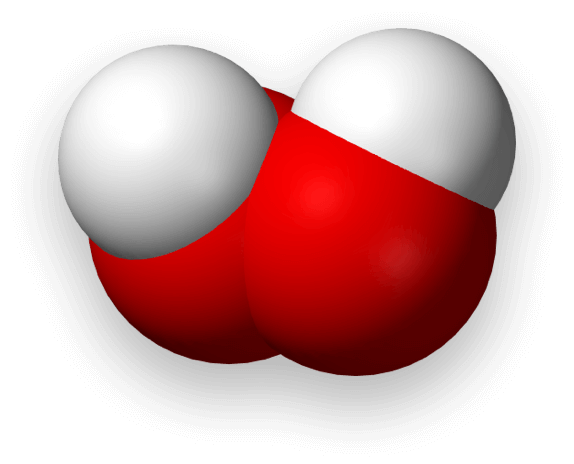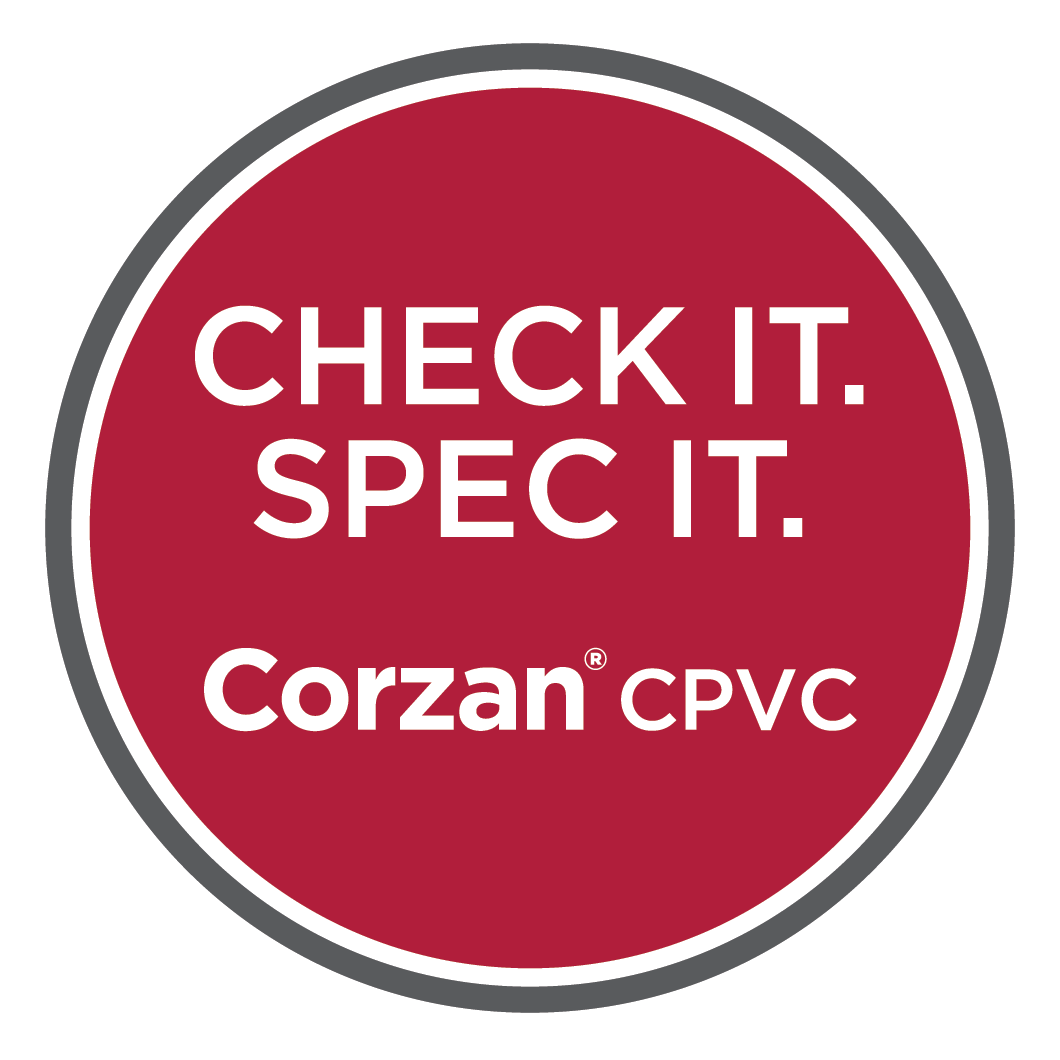Why CPVC Works Well With Hydrogen Peroxide
Chemical corrosion results from strong acids and bases used for water disinfection, pH neutralization and attack from clarification polymers. Microbial corrosion occurs as a result of sludge streams and biological growth in water. As a thermoplastic, Corzan CPVC is chemically inert to most mineral acids, bases, salts and aliphatic hydrocarbons, providing a lifetime of resistance to corrosive chemicals and water of all purity levels – even at high temperatures. The material is also non-conductive and immune to galvanic corrosion.


